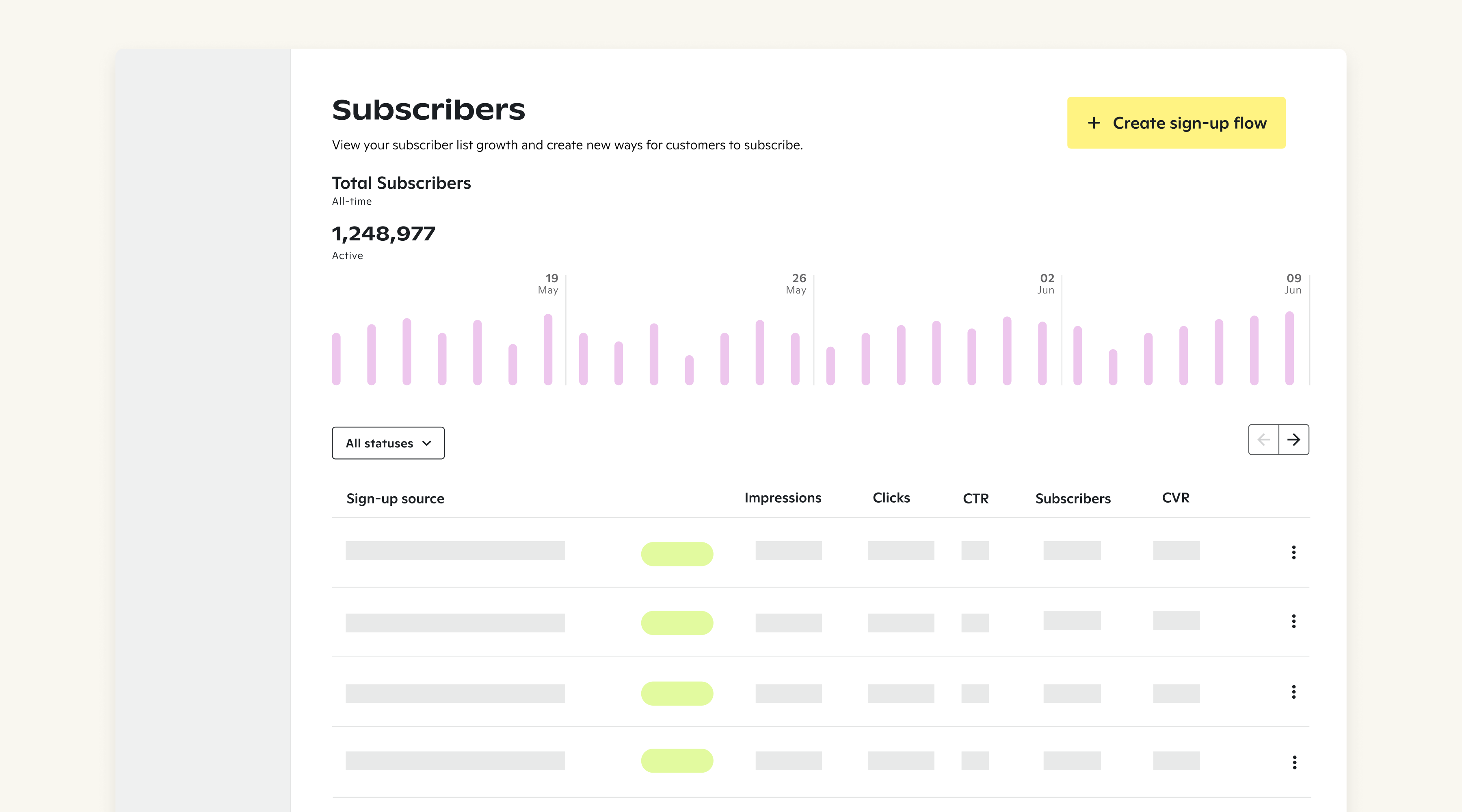
New releases
A smarter, simpler Attentive
Explore new features →
Explore new features →

If you're brand new to SMS, this post will walk you through the foundational basics and best practices inspired by our thousands of customers. If you are already using SMS, this is a great resource to educate your team about the benefits of reaching your audience on such a direct, owned marketing channel. We’ll include:
SMS marketing, or short message service marketing, involves sending offers, promotions, and reminders to subscribers' mobile devices via text messages. Key points about SMS marketing include:
Over the last few years, SMS marketing has become a differentiator for brands of all sizes who’ve used it to drive revenue and build loyalty with their customers. This performance marketing channel allows brands to have 1-1 conversations with consumers at scale, and lets consumers reply back.
Most of us have only one cell phone number. We keep it for a long time and are pretty selective about who we share it with. We carry our mobile devices with us everywhere for immediate and reliable communication with our friends, families—and now brands.
Being able to text our favorite brands feels natural and convenient. And because SMS requires consent and is easy to opt-out of, we can feel in control of which brands are in our “favorites.” For marketers, SMS marketing stands out as a channel that’s uniquely data-informed and measurable.
With analytics, channel orchestration, and reporting tools, you can better engage your audience so they’re receiving content and offers they’re interested in. Brands who use Attentive for text messaging are driving $55 for every $1 spent through SMS.
When it’s done well, SMS can power much more than the acquisition stage of your marketing efforts. It can become a central part of your CRM.
SMS marketing builds unmatched engagement and customer loyalty across a variety of industries:
Brands across the board—from small and medium-sized businesses to global household names—use text messaging to interact with consumers in more personalized ways, in real time, and at every step of the customer lifecycle.
It’s getting harder to reach consumers, as they opt for more modern and convenient brand interactions on their own time.
Email click-through rates have decreased by 75% in the last eight years, down to 1.1% on average for e-commerce and retail brands. Similarly, digital ad performance for display and social is down by about 50% over the last few years. Recent privacy and data sharing changes—such as updates with iOS 14.5, 15, and 16—have raised even more challenges for marketers.
It’s clear that brands need to diversify their channels—both from a consumer preference and marketing performance perspective.
Consumers see personalized text messaging as a way to have more direct access to brands—whether it’s to get support, access behind-the-scenes peeks, or stay informed about their order status.
Notably, 91% of consumers are interested in signing up for texts, but not all brands offer it yet—meaning they’re leaving money (and consumer goodwill) on the table. With the majority of consumers interested in texting, you have a massive chance to capture consumers' attention and e-commerce revenue.
Before sending any text messages, you should make sure your program meets legal and regulatory compliance standards. At a high level, SMS marketing compliance requirements in the US include the following:

Make sure to choose an SMS marketing partner who can help you keep compliance top-of-mind with tools and services.
Disclaimer: the materials in this article are for informational purposes only, and not for the purpose of providing legal advice. You should contact your legal counsel to obtain advice with respect to any particular issues or problems.
Growing an engaged SMS subscriber list is one of the most important steps in launching a successful program. To meet list growth compliance requirements, subscribers must explicitly opt in for text message marketing, and it needs to be a separate opt-in from email marketing.


Lay the strategic foundation for your program by activating triggered welcome and personalized auto-responder messages. Whether someone is browsing or close to purchasing, you can send messages to them to encourage them to buy.
When your triggered messages are set, you'll be ready to send your first SMS marketing campaigns. If you’re not sure what'll resonate with your target audience, consider A/B testing—and use those tests to inform your future messaging strategy.

For example, maybe you want to test one message that contains emojis, and another message that doesn’t. Or, you can find out if plain SMS or texts with images resonate better.
As with any marketing channel, reporting and analytics can help you meet and exceed your goals. By understanding what’s working with your SMS program (and what’s not), you can refine your strategy over time to get the best results.

Key reports for your SMS channel should include subscriber growth, message engagement and opt-out reporting, revenue attribution, and integrations with analytics platforms.
Once you’ve laid your SMS marketing foundation, it’s time to put your strategy into action. Keep in mind what you want to accomplish with your SMS channel—and what your target audience wants.
Make your text messages stand out and engage customers by including a mix of different SMS strategies:
You can find more tips in our actionable 30-Day Plan to Driving Results From a New SMS Program or use our SMS planning templates to get started.
Learn more about why thousands of brands choose Attentive as their #1 SMS marketing solution, and see what we can do for you. Try us for free.